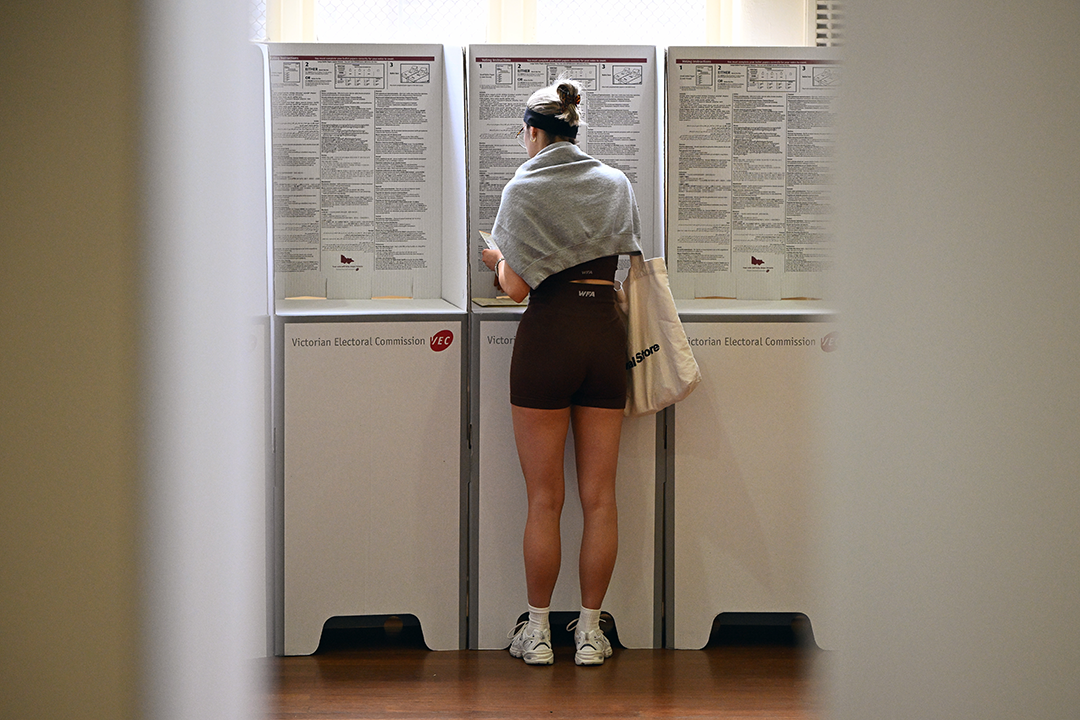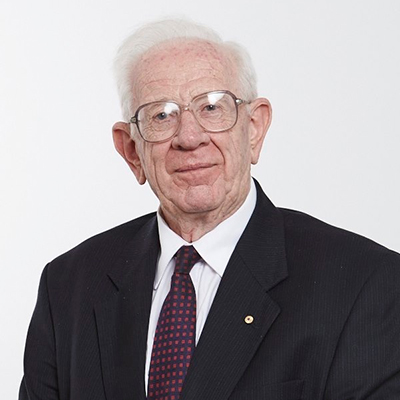

The Victorian state election was held on 26 November last year. Normally I would write my post-election commentary in the following month, but this commentary is delayed for two reasons, first the holidays and second for a reason unique to this election: the polling for the Legislative Assembly is not yet over. Due to the death of a candidate before polling day voters in the Narracan electoral district will need to vote twice, on 26 November 2022 for the Legislative Council Eastern Victoria Electoral Region and on 28 January 2023 in the supplementary election for Narracan.
Narracan lies in the West Gippsland area and includes such places as Bunyip, Drouin, Trafalgar and Warragul. It is a blue-ribbon Liberal seat which makes me confidently predict that the Liberal candidate, Wayne Farnham, will be the winner in a contest involving 11 candidates. The election is not being contested by Labor so my guess is that the Greens will come in second. Pre-poll voting began on Monday 16 January.
When Farnham wins Narracan the state of parties in the Legislative Assembly will be 56 Labor, 19 Liberals, 9 Nationals and 4 Greens, for a total of 88 seats. Labor’s total first preference vote was 1,339,496 out of an expected 3.66 million formal votes. The total was 3.617 million last November. Add 43,000 expected votes for Narracan and you get 3.66 million. That means Labor will have won just under 37 per cent of the primary vote.
So, Labor has won 64 per cent of seats with a vote of 37 per cent. It shows how disproportional the system is. This was another Daniel Andrews landslide in seats but not in votes.
At the previous election in November 2018 the result was 55 Labor, 21 Liberals, 6 Nationals, 3 Greens and 3 independents. One could say, therefore, that Labor has gained one seat and the Liberals have lost two but in this highly disproportional system I explain that away by noting there was quite a decent swing to the Liberal Party in votes.
There has been a redivision of seats as a result of which the Victorian Electoral Commission estimated that Labor went into the election with a notional 58 seats. However, for a peculiar psephological reason I argue that Labor’s notional seat number was 60 seats.
The peculiar reason I have in mind is known as “sophomore surge”, an American term applied to congressional elections. It refers to the ability of first term incumbents to win more votes when first standing for re-election. On that basis I could say that Bass and Bayswater should be shown as Labor-held since they were actually Labor seats, Ms. Jordan Crugnale being the Labor member for Bass and Mr. Jackson Taylor being the Labor member for Bayswater, both first termers seeking re-election and being re-elected.
On that basis Labor could be seen to have lost four seats, the Liberals gained two and the Nationals three. On the above ways of looking at it the result was not quite as good for Labor as it seemed.
How big was the swing in votes against Labor? According to the official VEC statistics Labor’s share of the two-party preferred vote in 2018 was 57.3 per cent while in 2022 it was an even 55 per cent, so the overall swing against Labor was 2.3 per cent.
However, in 2018 the Liberal Party did not contest very left leaning Richmond. Allowing for that the Labor share in 2018 should be increased to 57.6 per cent. Since Labor has not contested Narracan its aggregate percentage in 2022 should be reduced to 54.8 per cent. So, the swing will really be 2.8 per cent.
There are two main factors which might comfort Liberal supporters in what was a pretty devastating loss. The first was that the Liberal Party gained the seats of Hawthorn and Nepean from Labor. In the case of Hawthorn, the new member is John Pesutto who was Hawthorn member from 2014 to 2018. Upon re-gaining his seat he is now Leader of the Opposition. The second point of comfort for Liberals is that the party defeated “teal” independents in every seat they tried to take from Liberals.
The Nationals have done very well in this election, bringing their number of seats back to nine, the number they won in 1961. The nine Country Party seats in 1961 were Benalla, Benambra, Gippsland East, Gippsland South, Gippsland West, Mildura, Murray Valley, Rodney and Swan Hill.
The nine Nationals seats today are Euroa, Gippsland East, Gippsland South, Lowan, Mildura, Morwell, Murray Plains, Ovens Valley and Shepparton. The Nationals would be particularly pleased to win Morwell, a long-time Labor seat which was one of the 60 notional Labor seats referred to above.
Systems of single-member electoral districts are notorious for producing disproportional results, so I suppose my statement above about the disproportional result for the Legislative Assembly election should surprise no one.
However, the system for the Legislative Council is one of proportional representation. It does produce overall proportionality, but several individual results are downright peculiar. So, the cross bench will have two Legalise Cannabis members, one Animal Justice Party member, one Liberal Democrat, one for Pauline Hanson’s One Nation Party and one from the Shooters, Fishers and Farmers Party. All of these won their seats by gaming the system through preference deals.
I lack the space to consider the details of all these cases but mention one region that interests me. In the Western Metropolitan Region in 2018 the result was three Labor, one Liberal and one for Derryn Hinch’s Justice Party. The DHJP winner secured her seat through preference deals but the distribution between the Labor and Liberal parties reflected the proportional distribution of the big party vote.
In 2022 the result in Western Metropolitan was two each between Labor and Liberal and one for the Legalise Cannabis Party. The Legalise Cannabis winner, David Ettershank, secured his seat through preference deals but the distribution between the big parties reflected their vote. The point is that there was a swing to the Liberal Party of 6.7 per cent in the region, giving the Liberals their second Council seat. Western Metropolitan consists of eleven Assembly districts, Footscray, Kororoit, Laverton, Niddrie, Point Cook, St Albans, Sunbury, Sydenham, Tarneit, Werribee and Williamstown, All eleven were won by Labor, both in 2018 and in 2022. The healthy swing to the Liberal Party in 2022 did the party no good in terms of seats. It merely reduced all the Labor majorities. However, in the Legislative Council election that swing resulted in the Liberal Party taking a seat from Labor, another consolation prize for the Liberals.